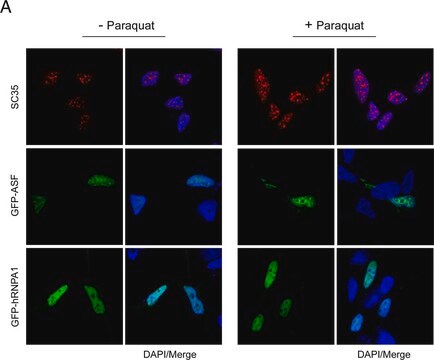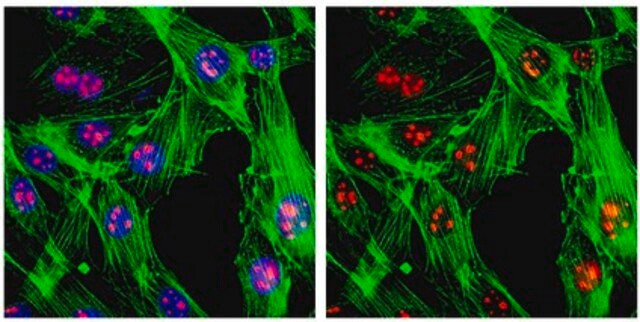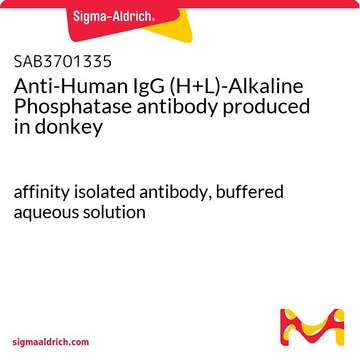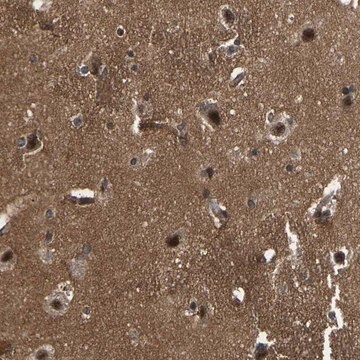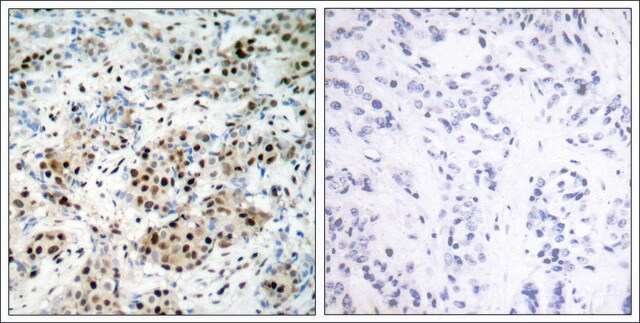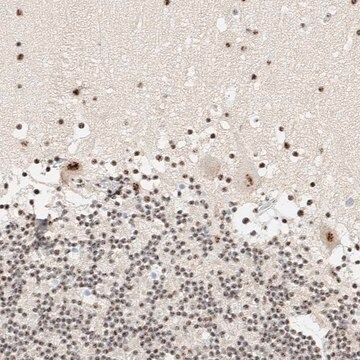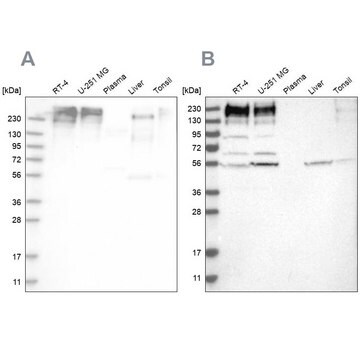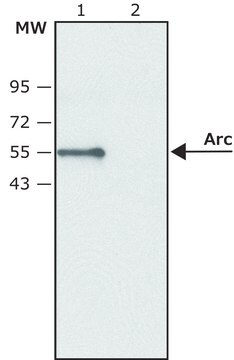SAB4200725
Anti-Splicing Factor SC-35 antibody, Mouse monoclonal
clone SC-35, purified from hybridoma cell culture
Synonym(s):
Anti-PR264, Anti-SFRS2, Anti-SFRS2A, Anti-SRp30b, Anti-Splicing component 35 kDa (SC35), Anti-serine/arginine-rich splicing factor 2 (SRSF2)
About This Item
Recommended Products
biological source
mouse
Quality Level
antibody form
purified from hybridoma cell culture
antibody product type
primary antibodies
clone
SC-35, monoclonal
form
buffered aqueous solution
mol wt
~35 kDa
species reactivity
human, mouse, quail, hamster, frog, porcine, rat
concentration
~1.0 mg/mL
technique(s)
ELISA: suitable
dot blot: suitable
immunoblotting: suitable
immunofluorescence: 0.125-0.25 μg/mL using HeLa cells
immunohistochemistry: suitable
immunoprecipitation (IP): suitable
UniProt accession no.
shipped in
dry ice
storage temp.
−20°C
target post-translational modification
unmodified
Gene Information
human ... SRSF2(6427)
General description
Immunogen
Application
- dot blot
- enzyme linked immunosorbent assay (ELISA)
- immunofluorescence
- immunohistochemistry
- immunoblotting
- immunoprecipitation
Biochem/physiol Actions
Physical form
Disclaimer
Not finding the right product?
Try our Product Selector Tool.
Storage Class Code
10 - Combustible liquids
WGK
WGK 1
Flash Point(F)
Not applicable
Flash Point(C)
Not applicable
Regulatory Listings
Regulatory Listings are mainly provided for chemical products. Only limited information can be provided here for non-chemical products. No entry means none of the components are listed. It is the user’s obligation to ensure the safe and legal use of the product.
JAN Code
SAB4200725-BULK:
SAB4200725-100UL:
SAB4200725-VAR:
Choose from one of the most recent versions:
Certificates of Analysis (COA)
Don't see the Right Version?
If you require a particular version, you can look up a specific certificate by the Lot or Batch number.
Already Own This Product?
Find documentation for the products that you have recently purchased in the Document Library.
Global Trade Item Number
| SKU | GTIN |
|---|---|
| SAB4200725-100UL | 4061838037794 |
Our team of scientists has experience in all areas of research including Life Science, Material Science, Chemical Synthesis, Chromatography, Analytical and many others.
Contact Technical Service